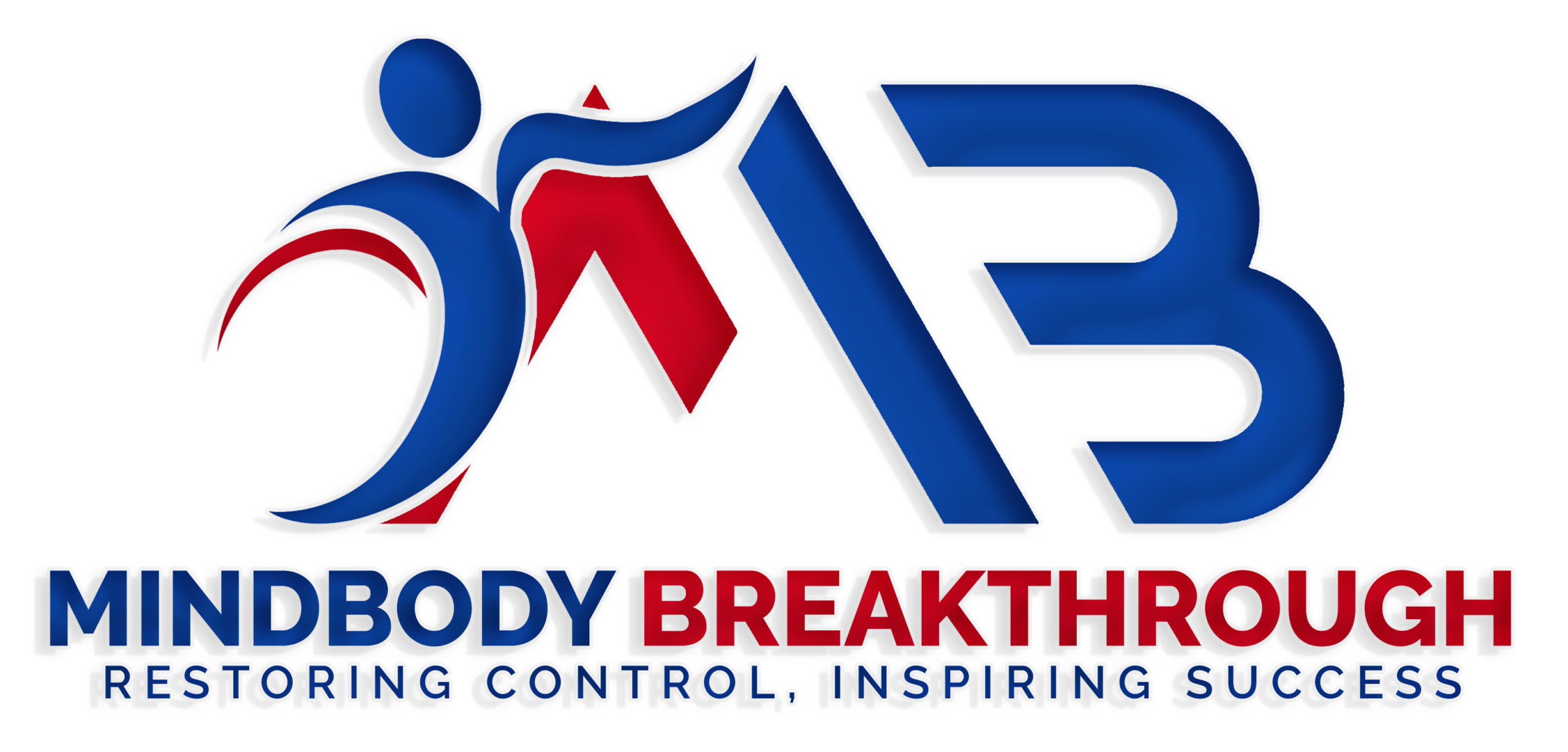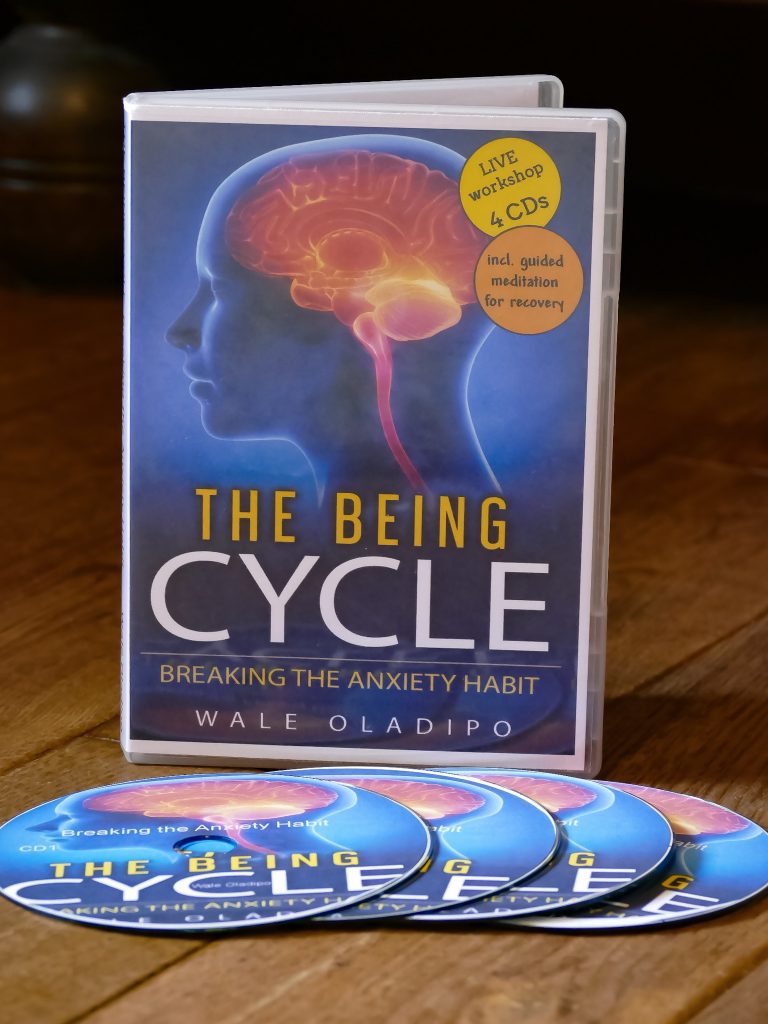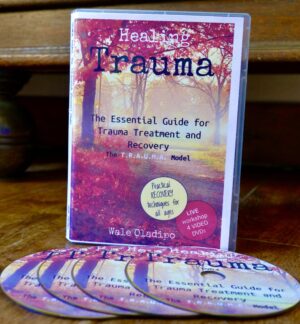“I am a mum of an anxious teenager ( OCD). I now have a few more tools in my kit bag. Thought provoking. Simple techniques for what may be complex problems, but doable steps to recovery.” K. Yockney
“Very informative. Learned some new things and it has re-enforced things that maybe I wasn’t open to but am now! A. Taylor, Sufferer
“Good understanding of intrusive thoughts. Will be able to apply the knowledge gained on rewiring my brain (love it).” K.Mellar, Sufferer
“Very informative for a first step into this area. Good clear course and good participation. Excellent style of teaching.” Y. Singleton, Occupational Therapist, Hoarding Specialist
“As a therapist, I have learnt a new format of technique for people with fear-based conditions. Workshop easy to follow and apply.” N. Shanti, Clinical Hypnotherapist/Trainer
Introduction
Thank you for visiting The Being Cycle web page. Over the last couple of years, I have had the great privilege of sharing the content of this manual to thousands of people across the United Kingdom and overseas in live workshops and seminars. As a result, many people have used this information to overcome anxiety disorders. These strategies are also being used by therapists, mental health nurses, GPs, teachers and parents to help others transform anxiety.
This audio programme is a live recording of one of the workshops that I conducted. It captures the simplicity of important concepts and the spontaneity of the audience reactions. This manual will help you to understand anxiety in an easy way: why you feel the way that you feel and how to break the anxiety habit. You will also get to read my responses to important questions asked by the audience and the live relaxation feedback from the attendees.
It is my hope that you will find this content very useful, helping you to achieve your wellbeing goals personally and professionally, as the case may be.
Your sincerely,
Wale Oladipo













